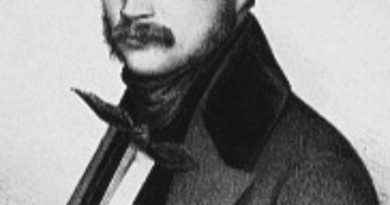Music Theory : bars and measures
The bar is a perpendicular line drawn over the staff, dividing the music into measures of an equal length. Two heavy lines or bars indicate that an entire piece or a part thereof has come to a close.

Two dots before the heavy lines indicate that the last part or the whole piece is to be repeated.
Music time and measures
Every piece of music must be written in regular time, without it no music can exist The time in which a piece often is indicated at the beginning. Usually it is expressed by fractions, the enumerator indicating how many notes of a certain kind are to be in a measure, while the denominator
indicates what kind of notes they are. Thus it means, that there must be two quarters or their equivalent in every measure. There are two kinds of time, common and triple time; the simplest common time consists of two beats to a measure, while the simplest triple time has three.

The measure containing four beats is also called simple common time.

This time is indicated by a C, which means that there must be four quarters or their equivalent in each measure. By combining two ![]() measures we produce the
measures we produce the ![]() measure which is a compound time.
measure which is a compound time.

The fraction ![]() means that we should count by eights, and that six of them or their equivalent should be in each measure. By combining three measure of each
means that we should count by eights, and that six of them or their equivalent should be in each measure. By combining three measure of each ![]() time, we have another compound time, namely that of
time, we have another compound time, namely that of ![]() time.
time.

![]() means that we should count by eights, and that nine of them or their equivalent should be in each measure. There are other kinds of time, but as they but rarely occur, it is not necessary to say anything about them here.
means that we should count by eights, and that nine of them or their equivalent should be in each measure. There are other kinds of time, but as they but rarely occur, it is not necessary to say anything about them here.
Music accents an times
The speaker as well as the reader emphasizes certain words in a sentence or certain syllables in a word; without this emphasis or accent, speech would be lifeless and wearisome, yes, it would be difficult to understand it. The regular returning accents in a measure are called rhythm. Though the lowest element in music, rhythm is, nevertheless, very essential to the proper performance of it. Every kind of time has its own peculiar accent or rhythm which should be emphasized upon the instrument. The two-fourth time should have the accent upon the first beat of the measure, thus indicated by the heavy lines:
![]()
In three-fourth time the accent should also be placed upon the first beat in the measure, thus:
![]()
In four-fourth time the accent is put upon the first and | In nine-eighth time the emphasis is laid upon the first, third beat, thus :
![]()
In six-eight time the accent is placed upon the first and fourth beats, thus:
![]()
In nine-eight time the emphasis is laid upon the first, fourth and seventh beats, thus:
![]()
By putting the proper accents in your playing you make it attractive and infuse into it life. By putting accents in your counting you facilitate keeping time.


